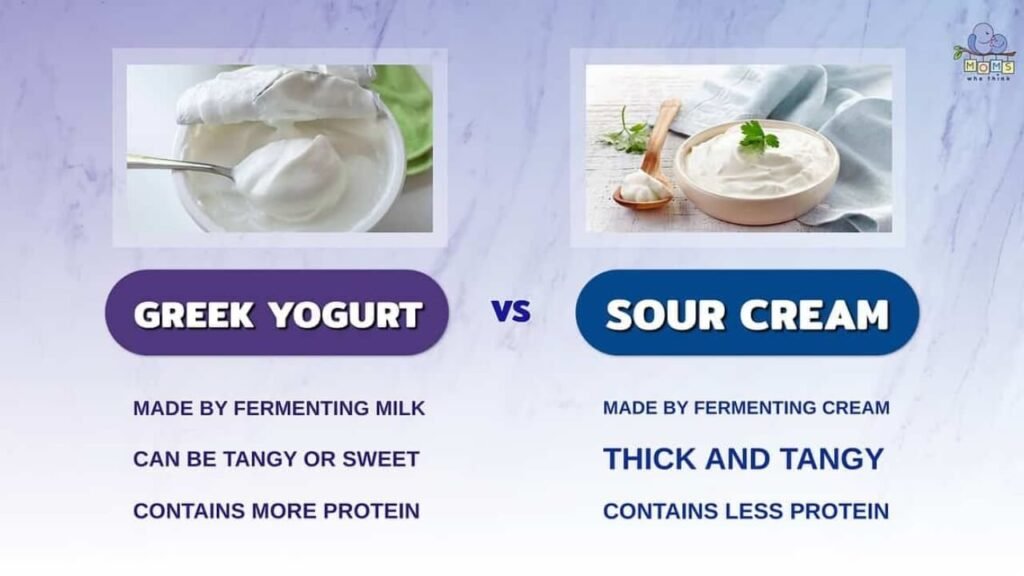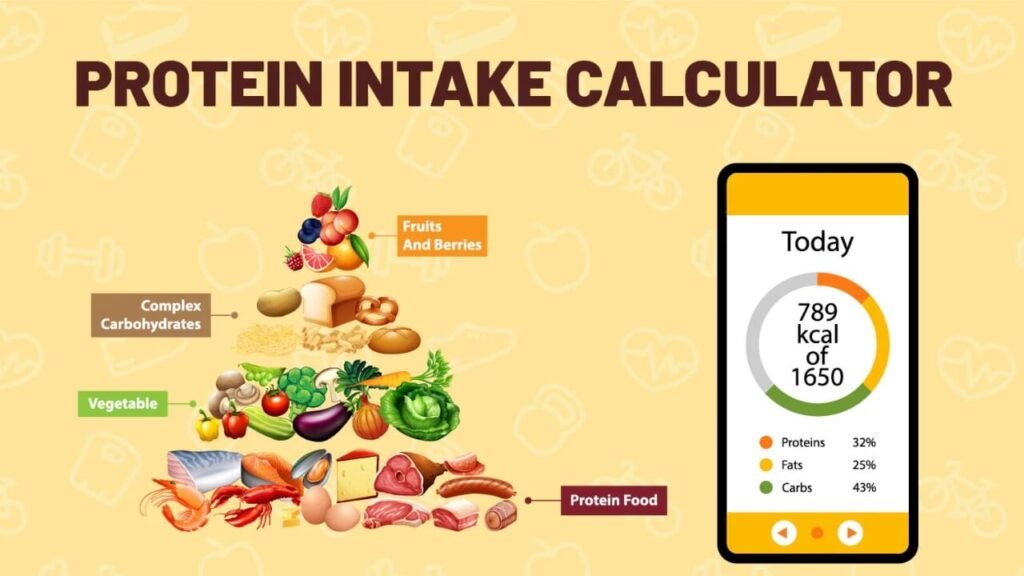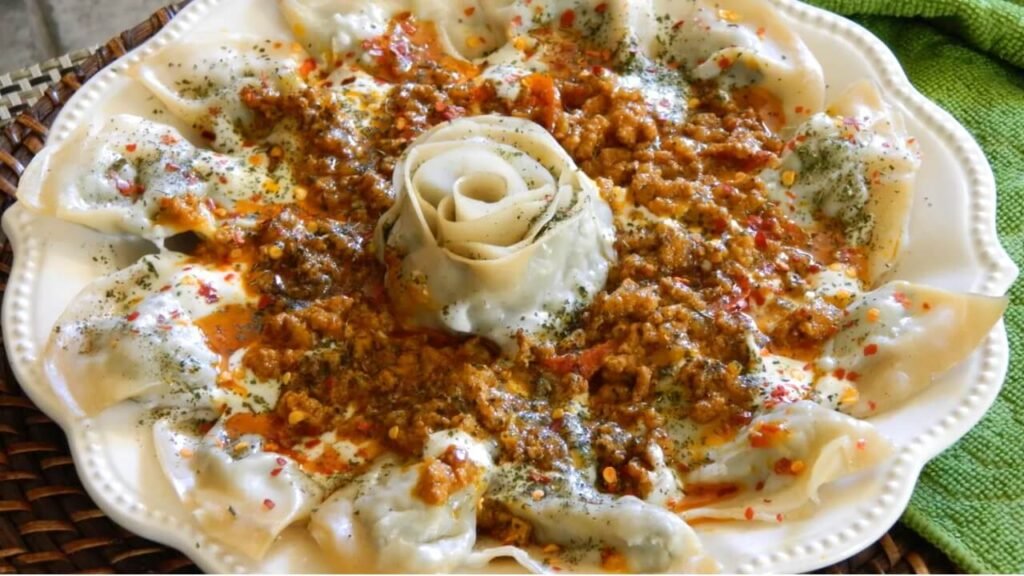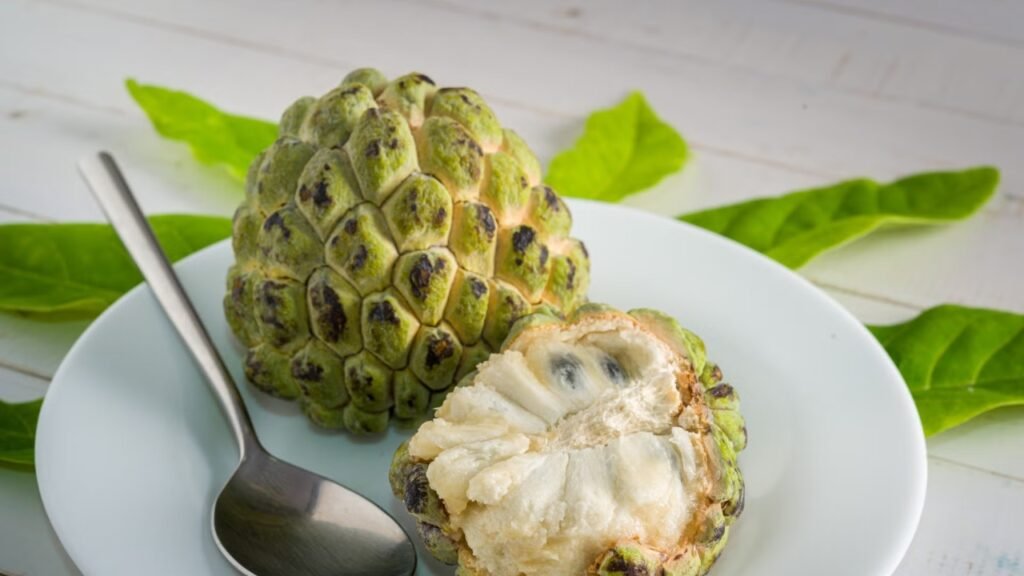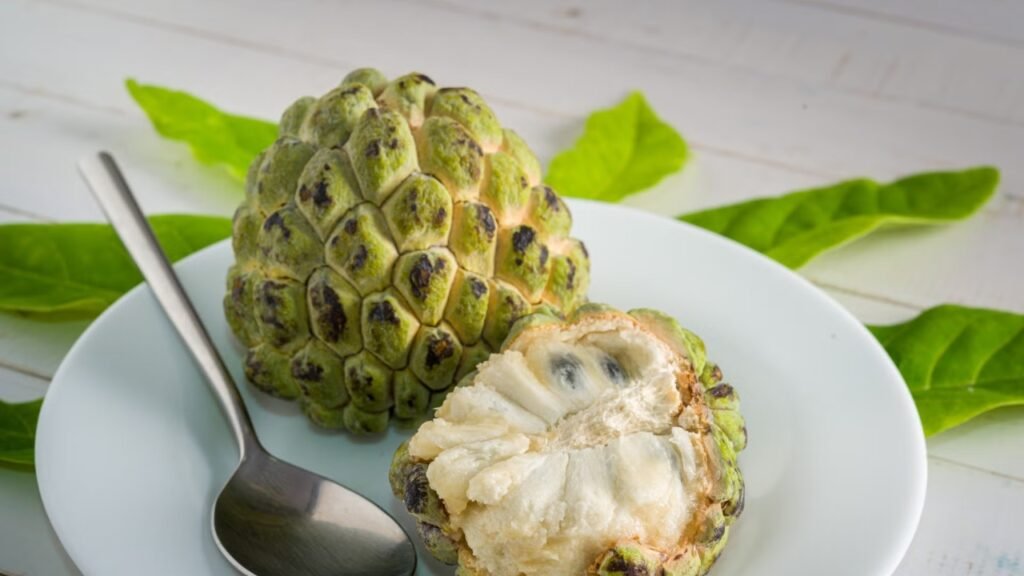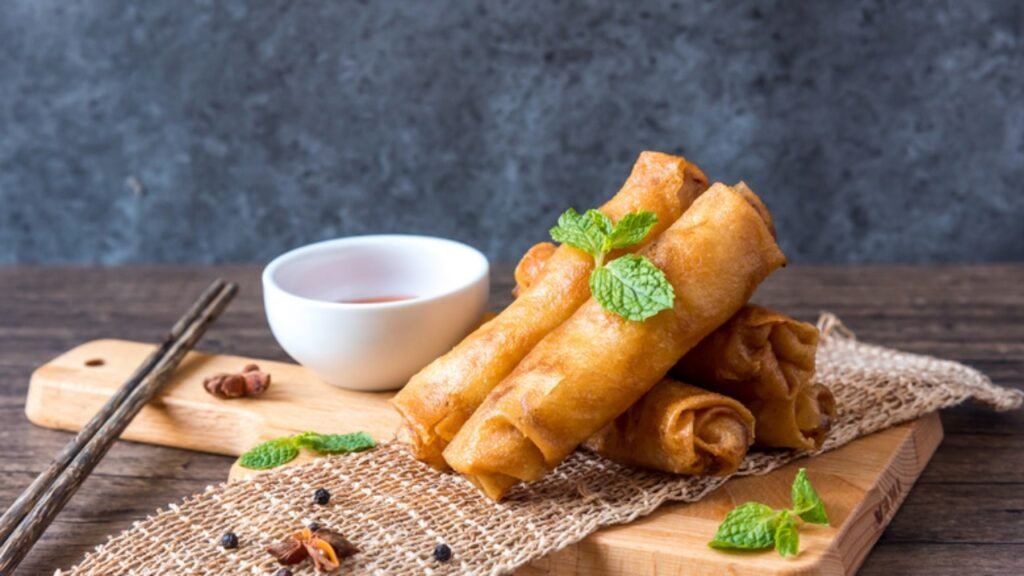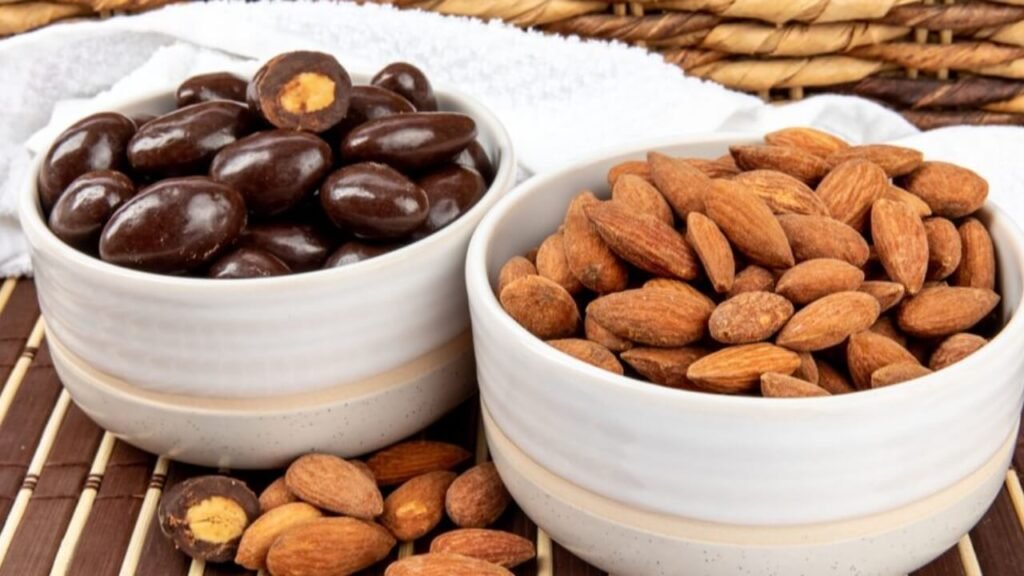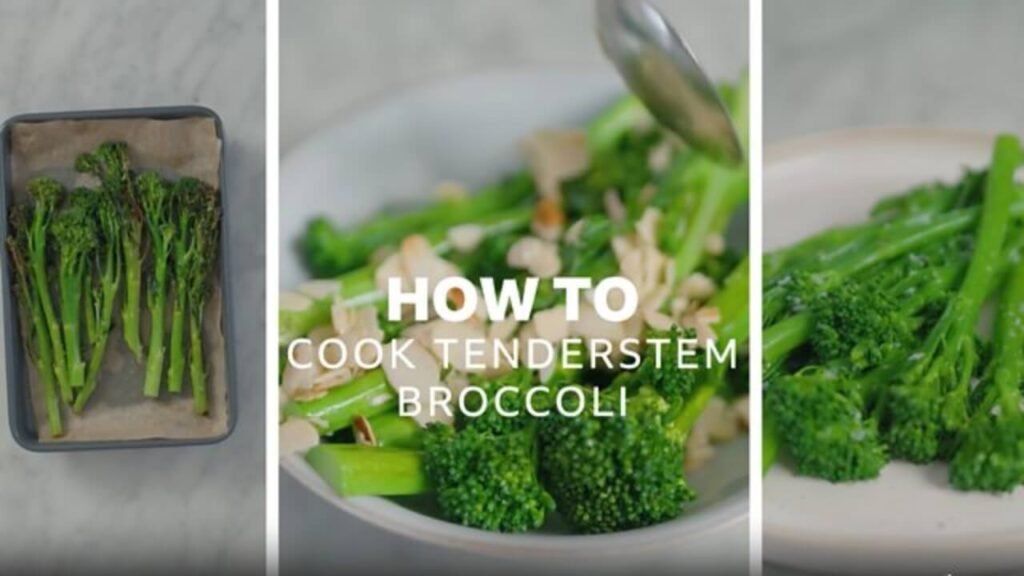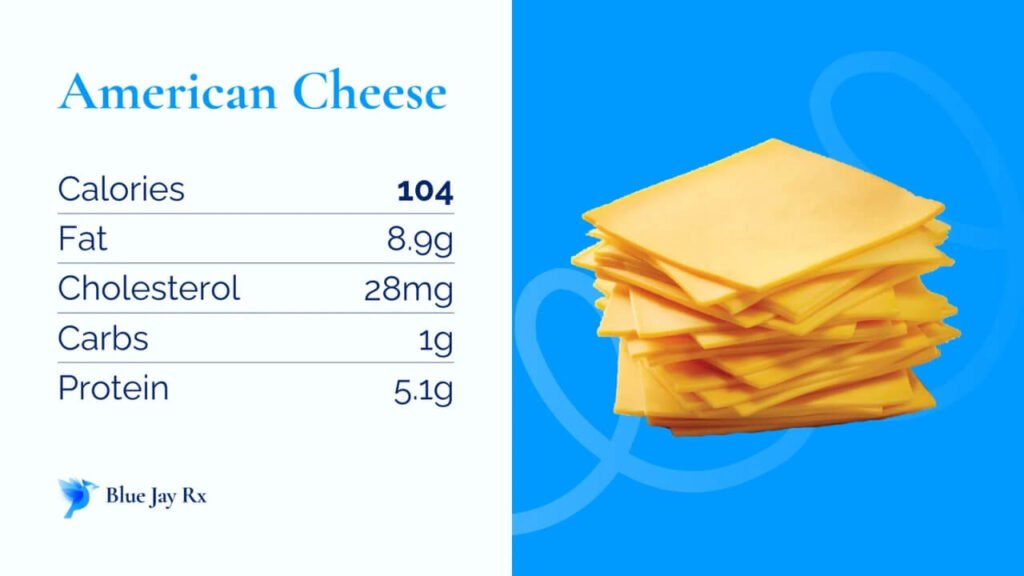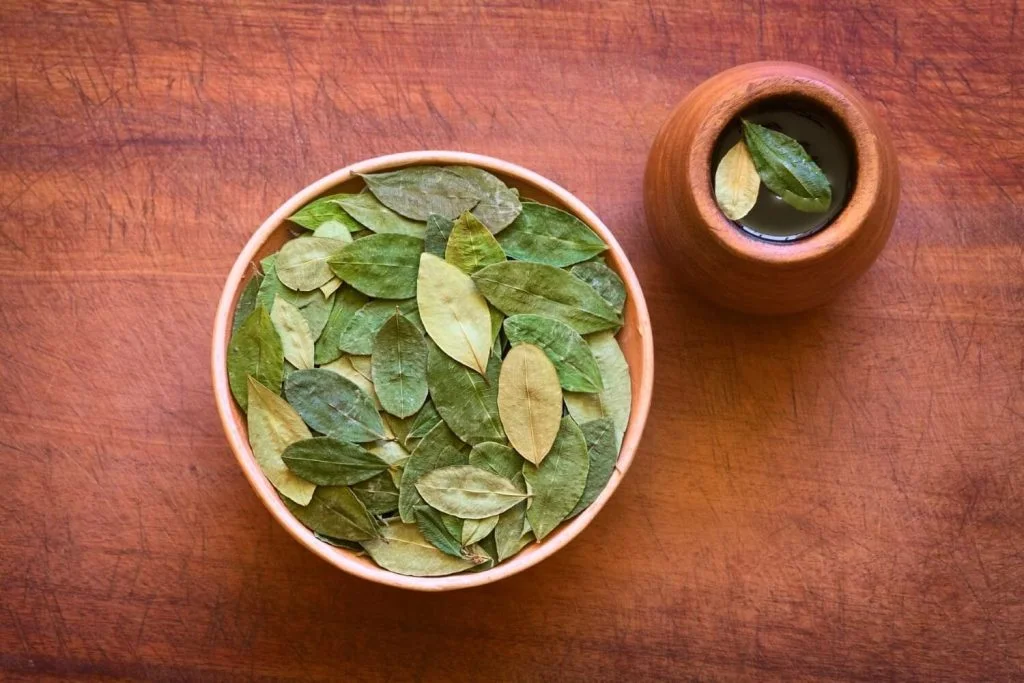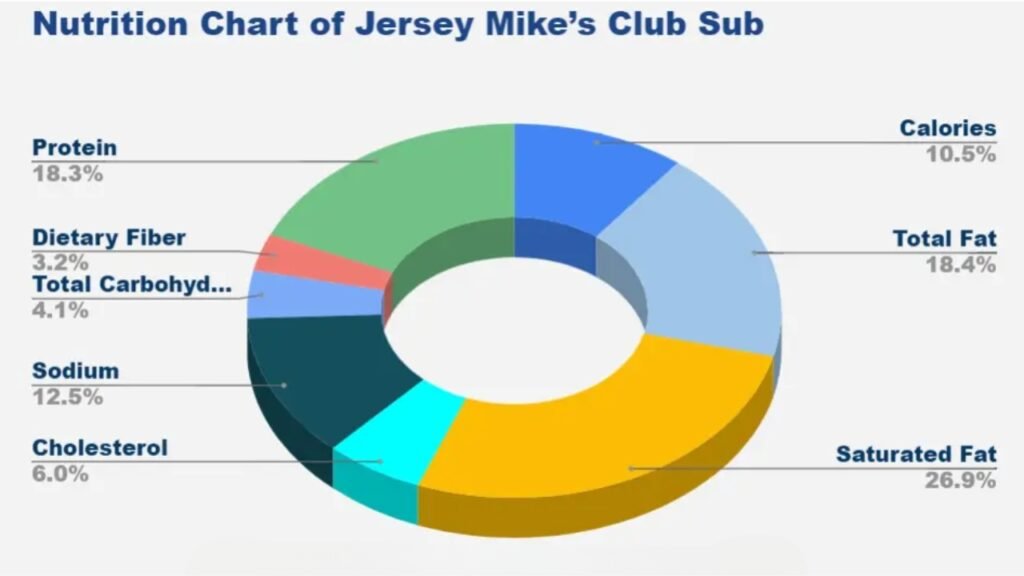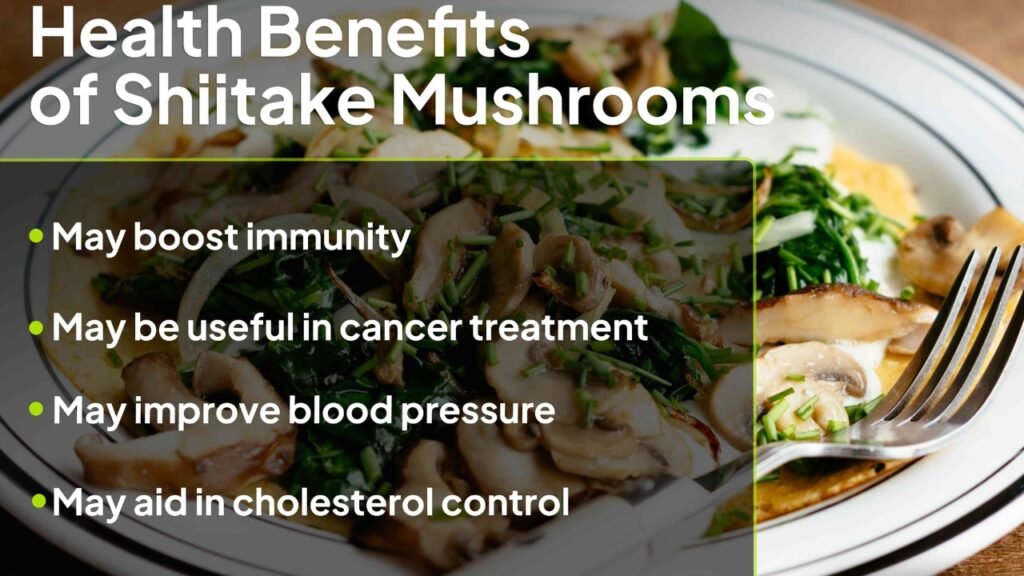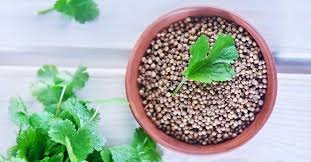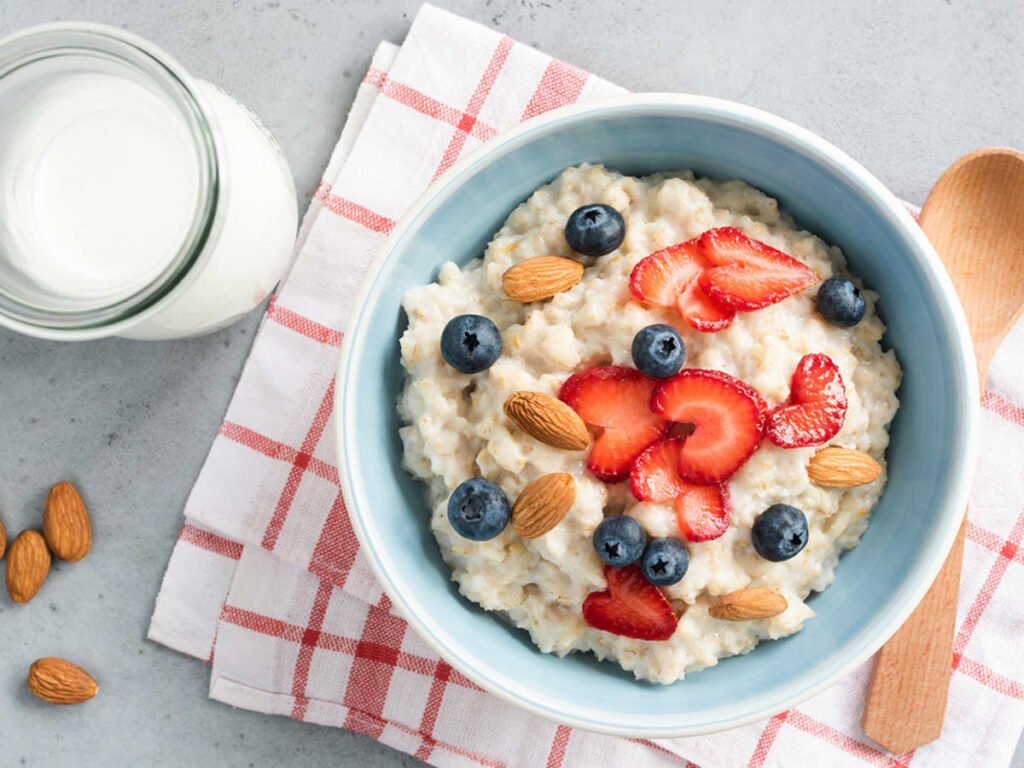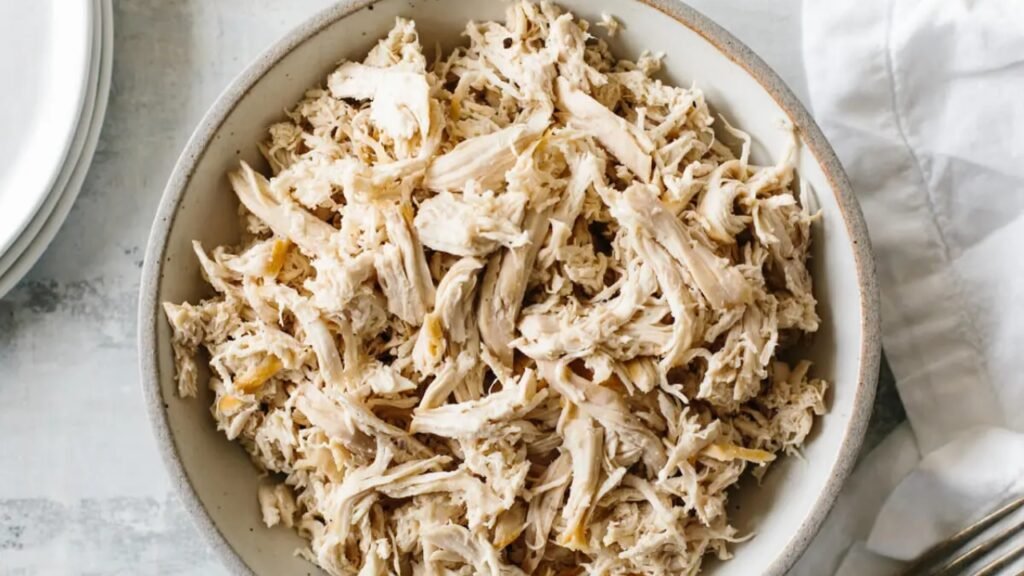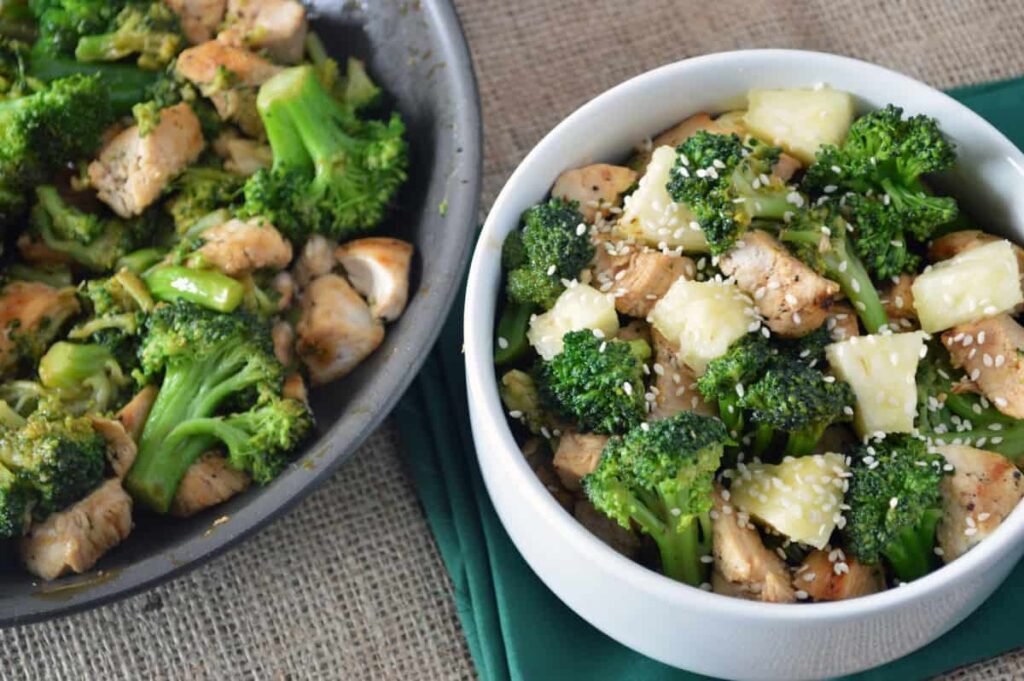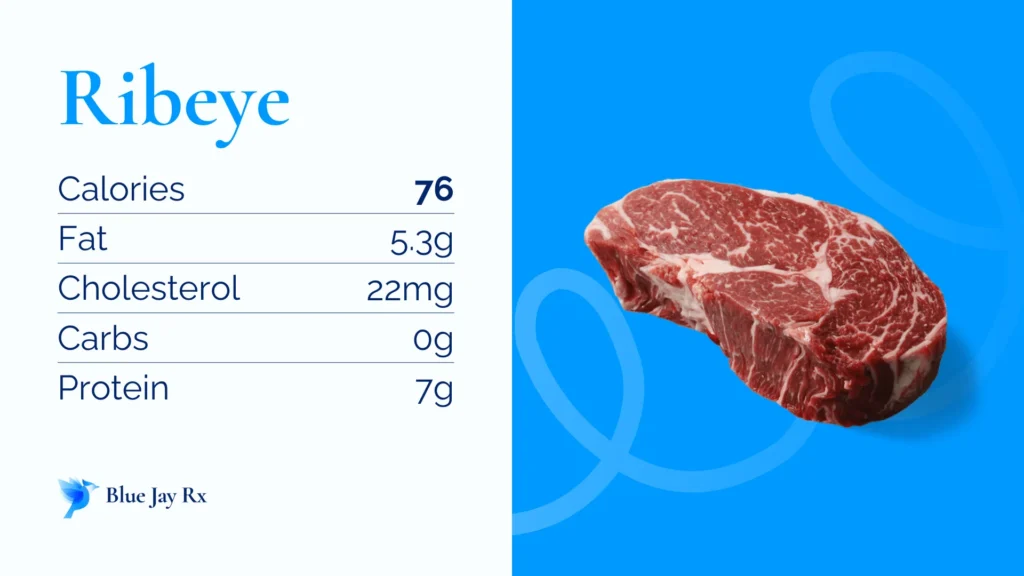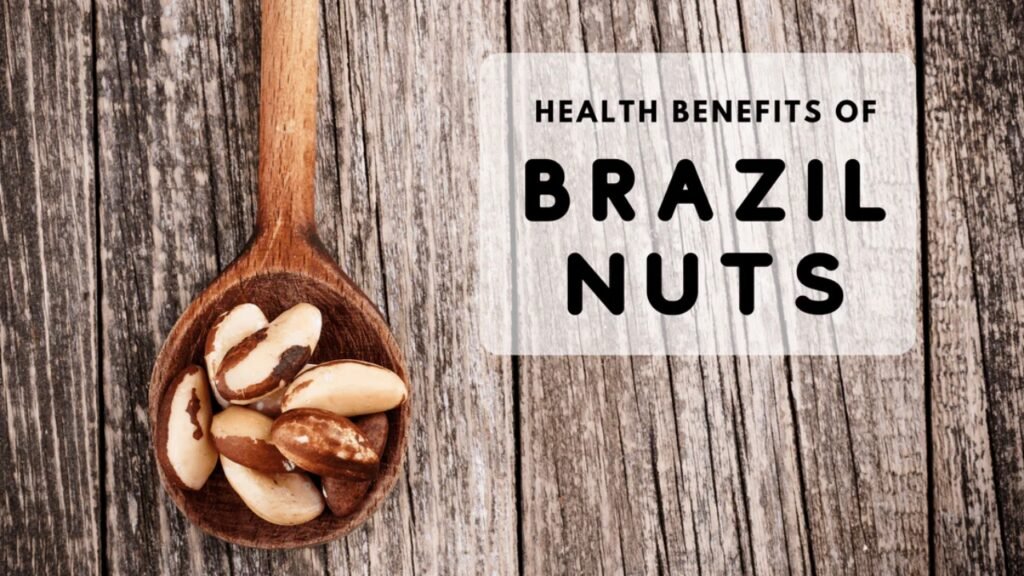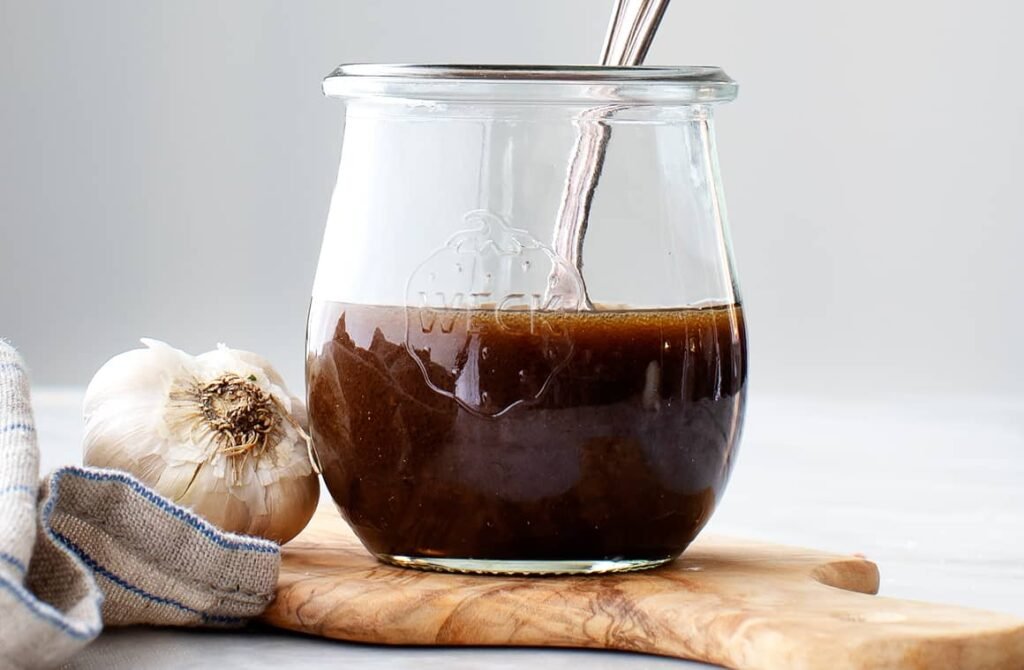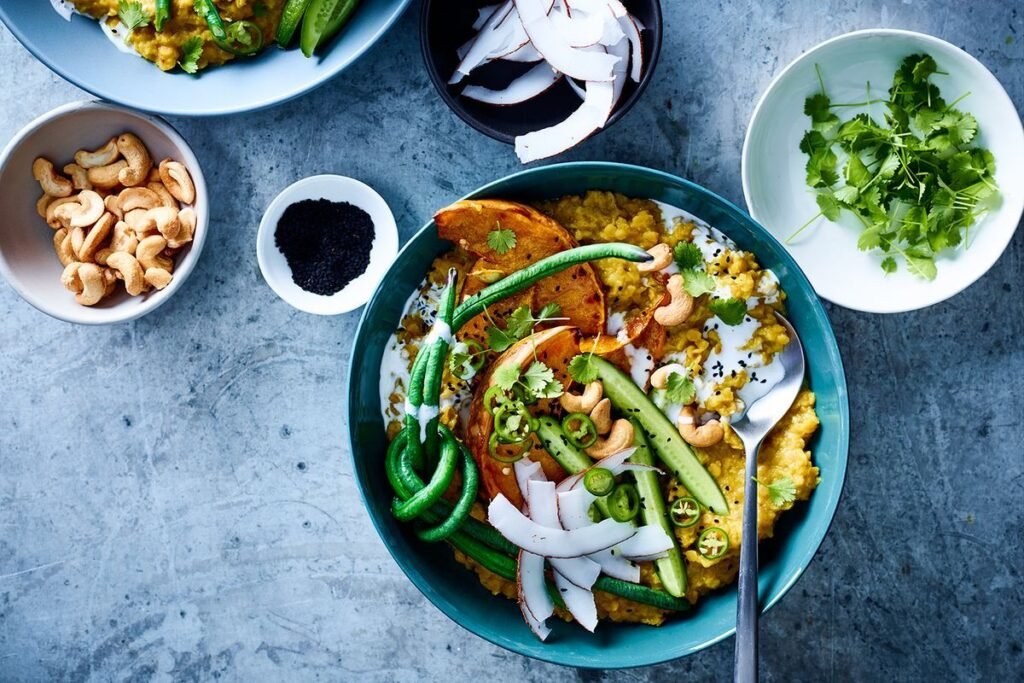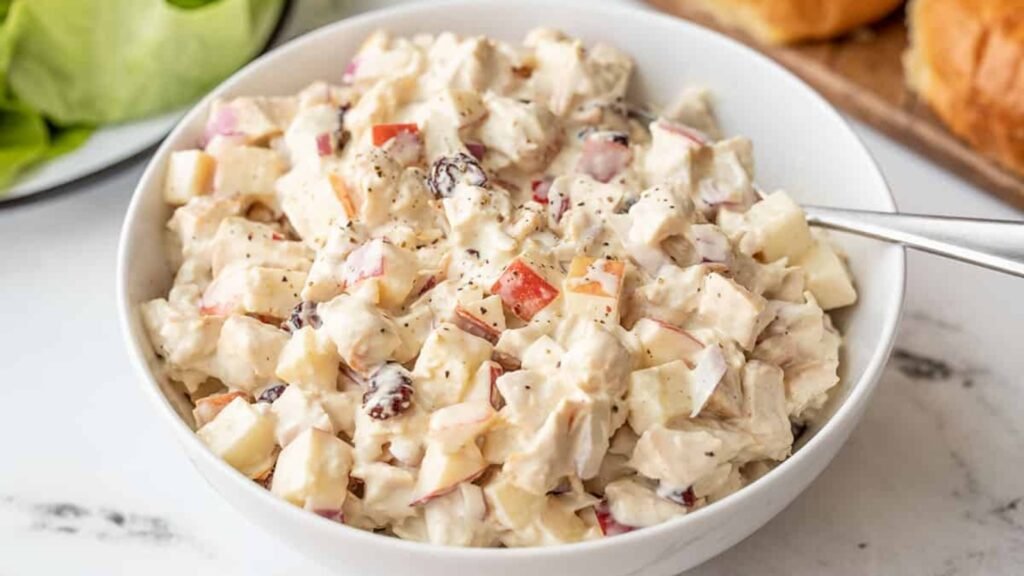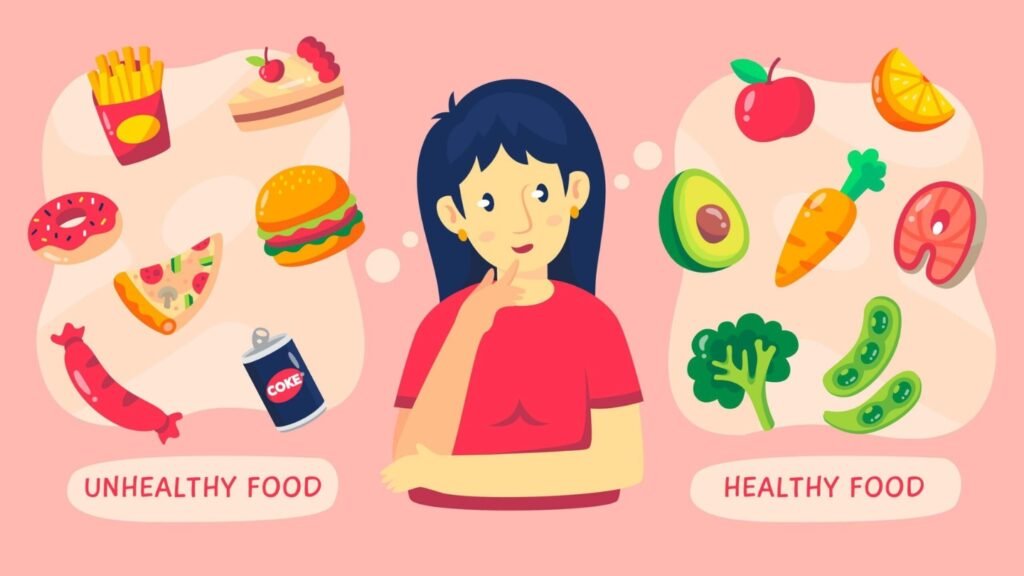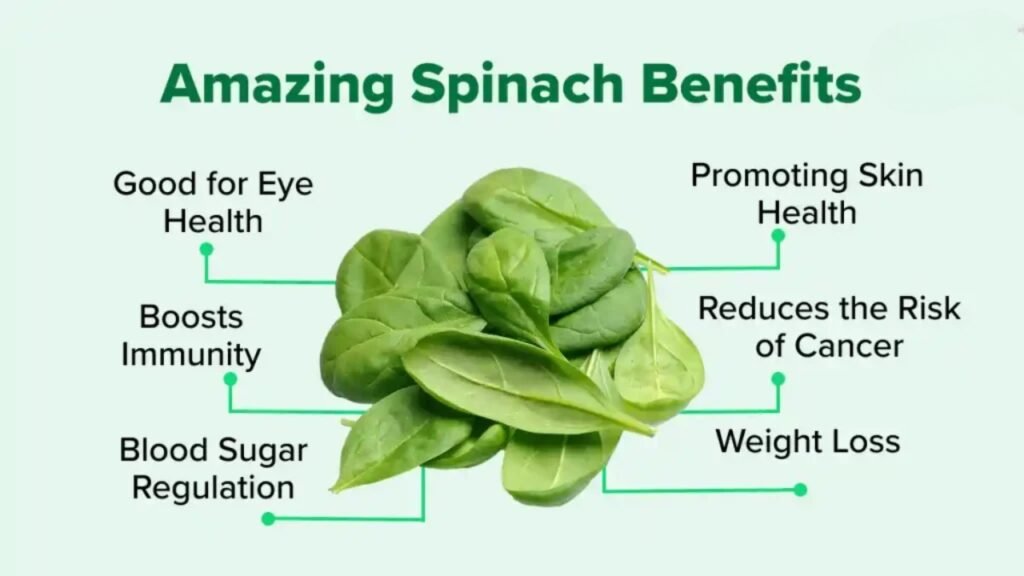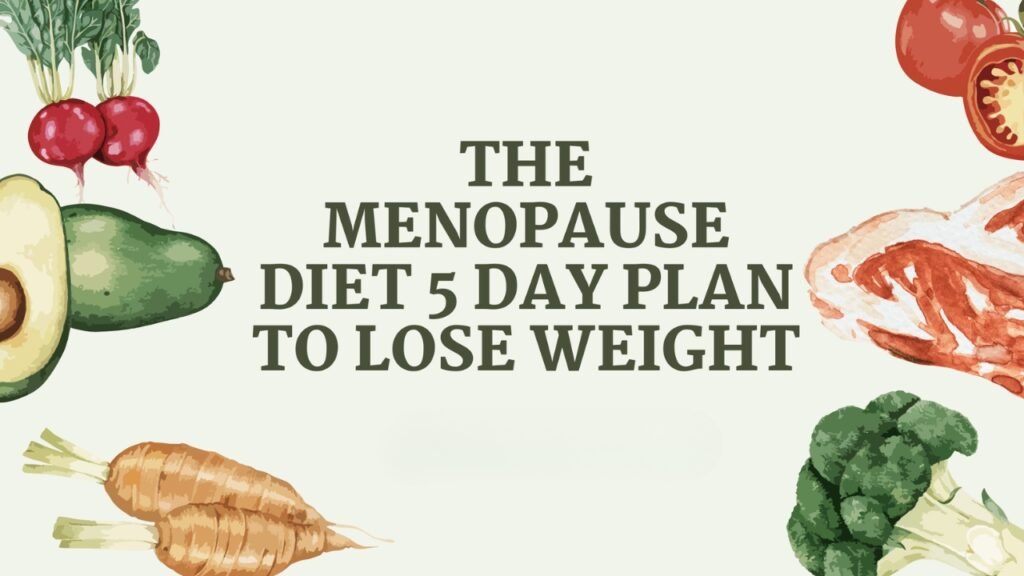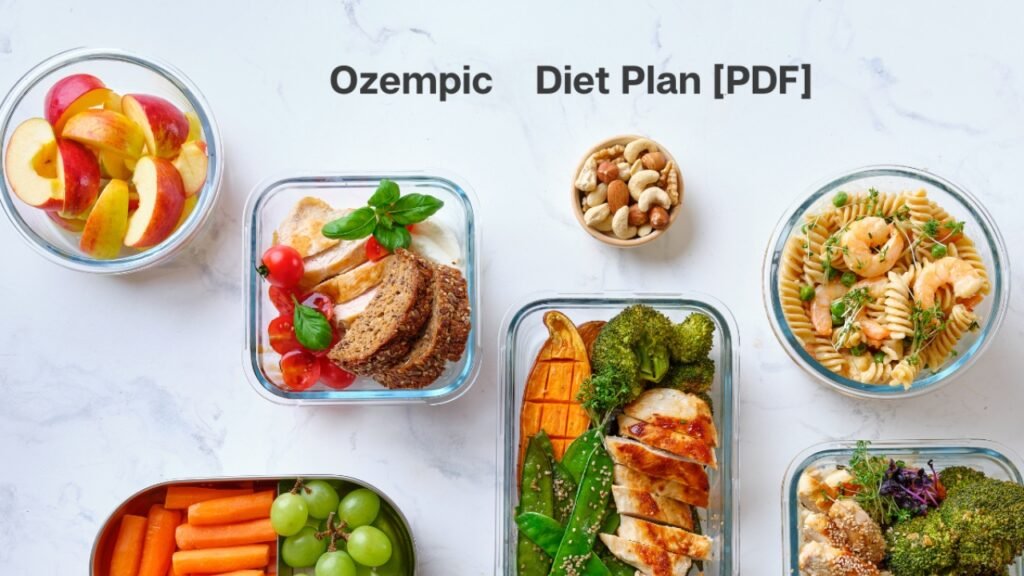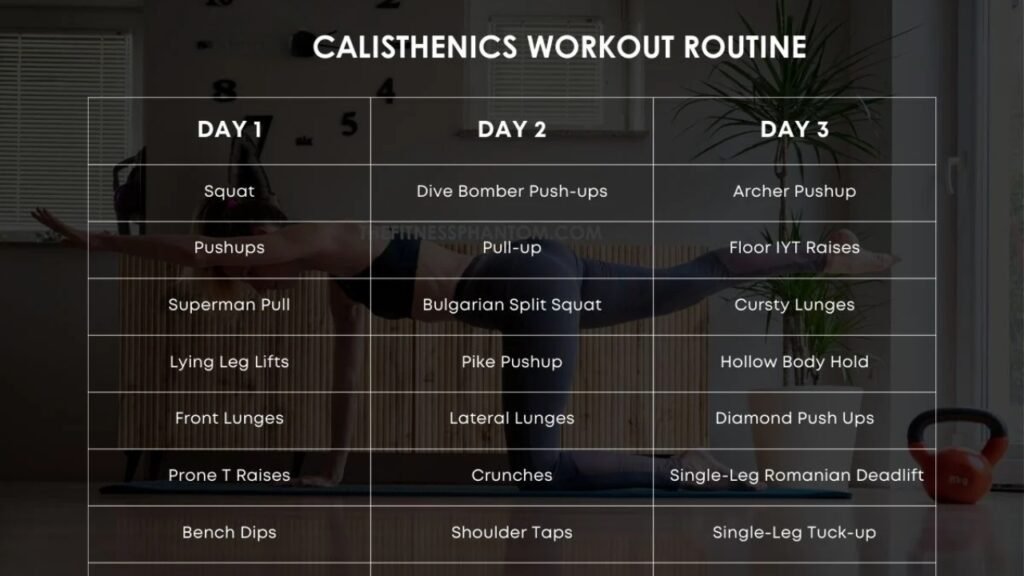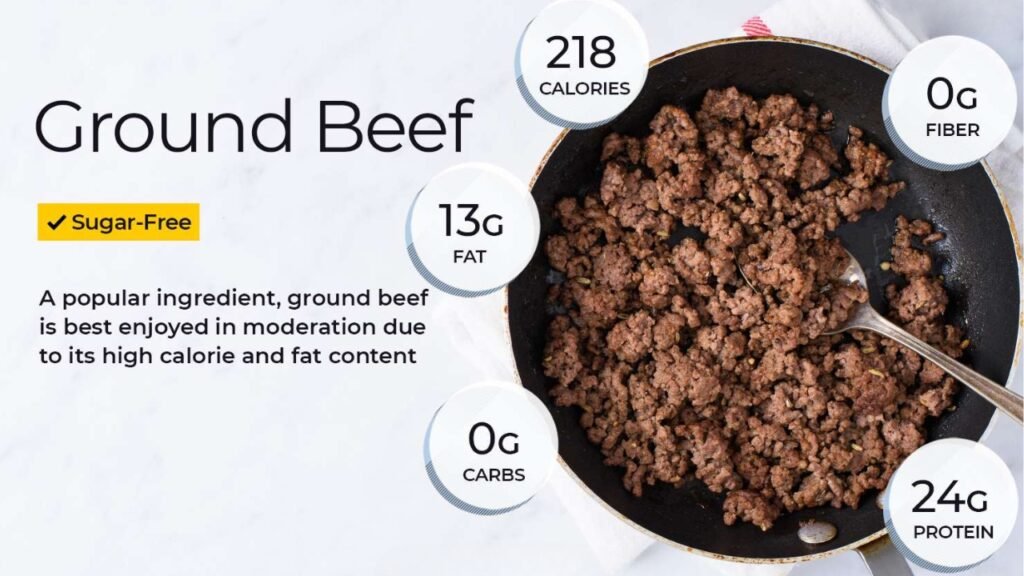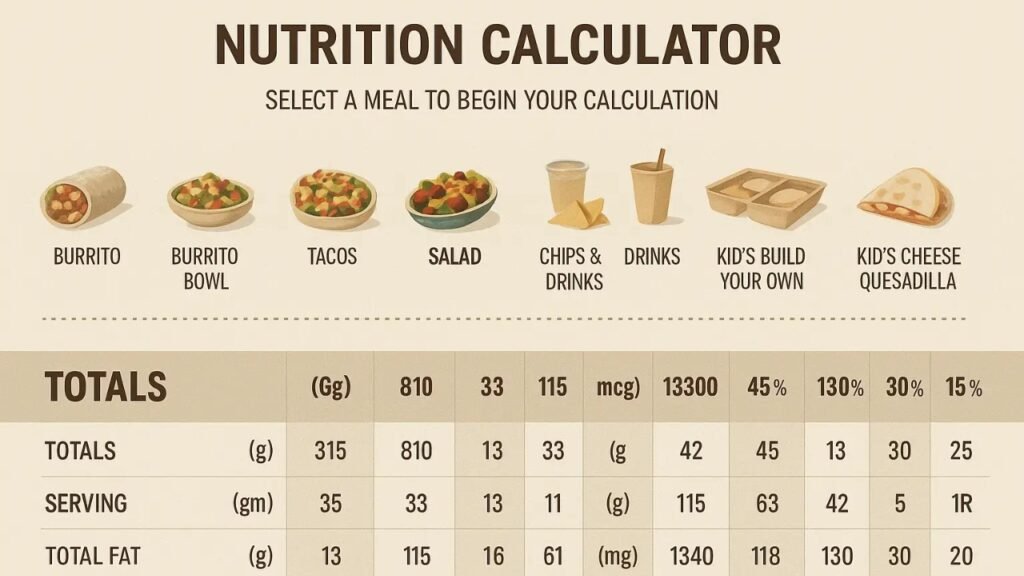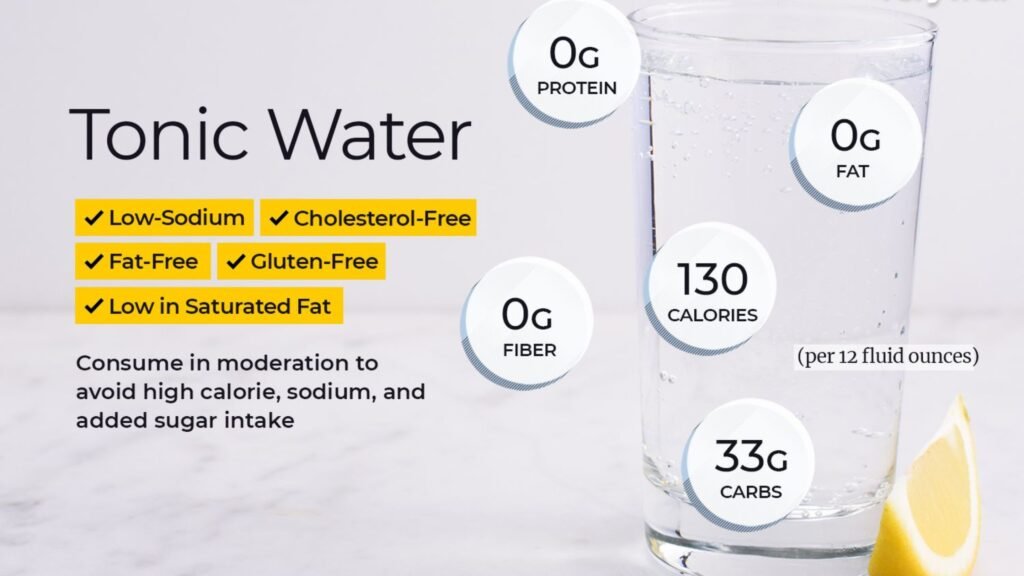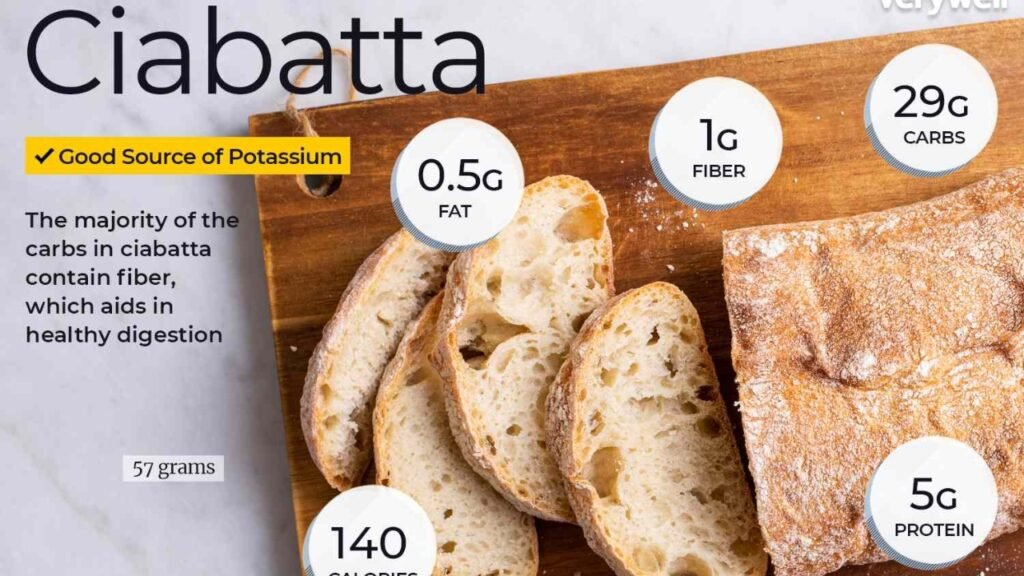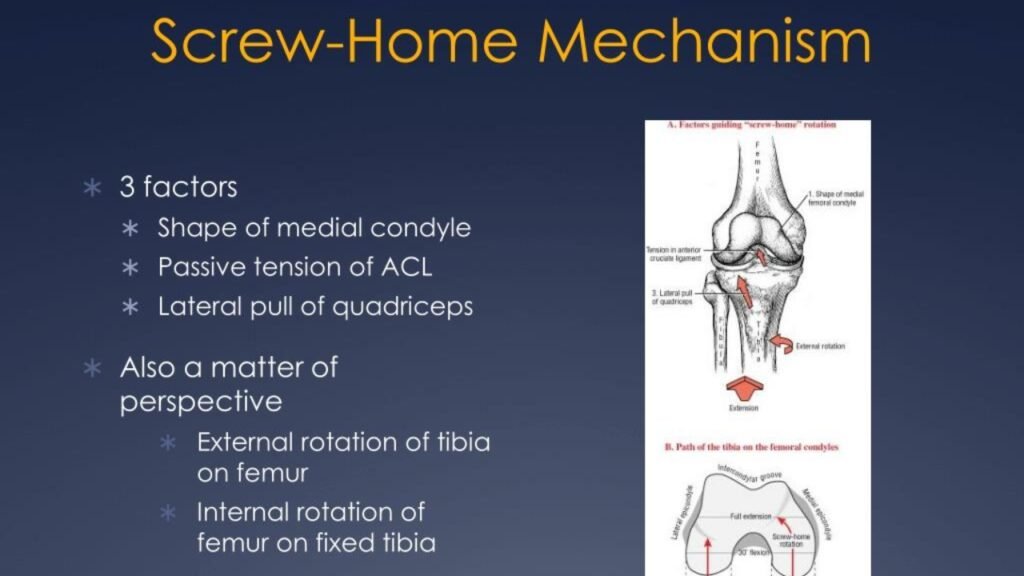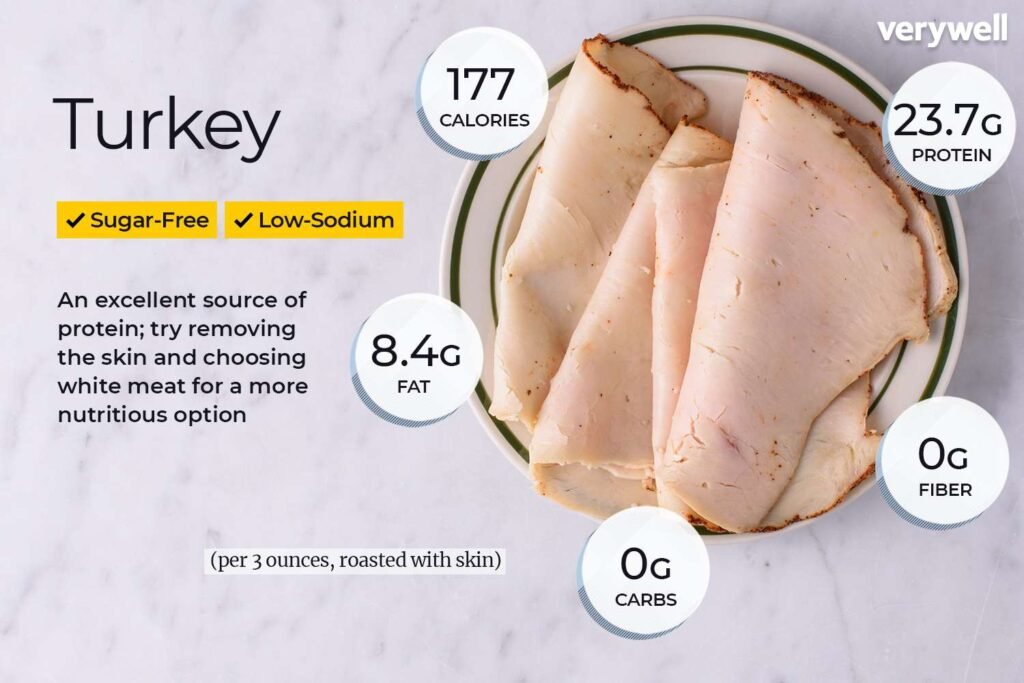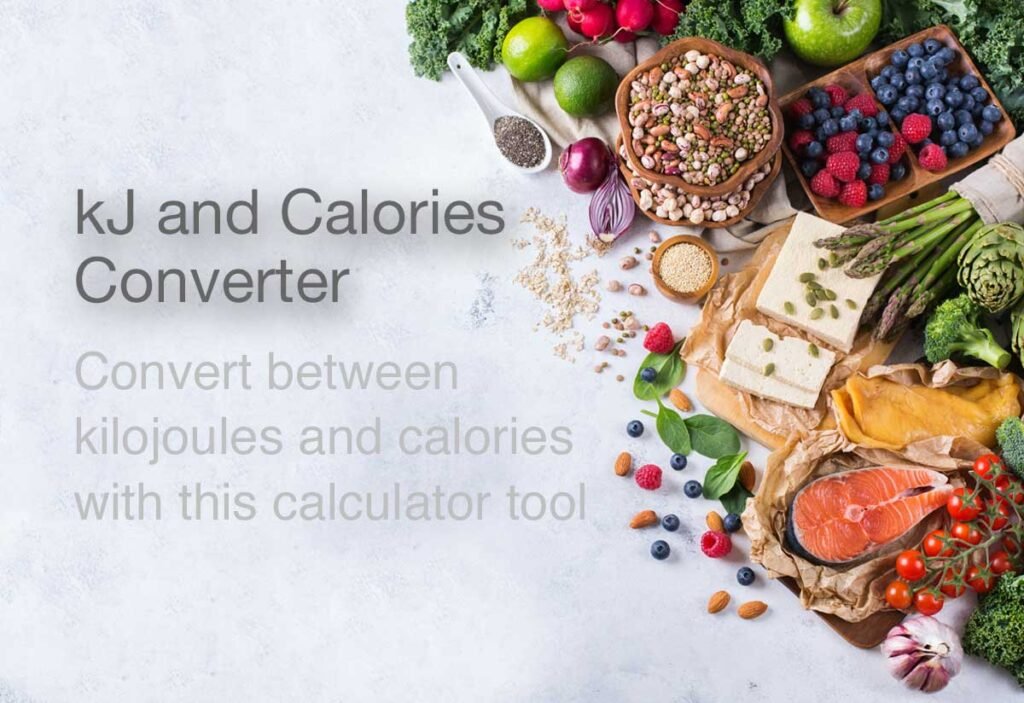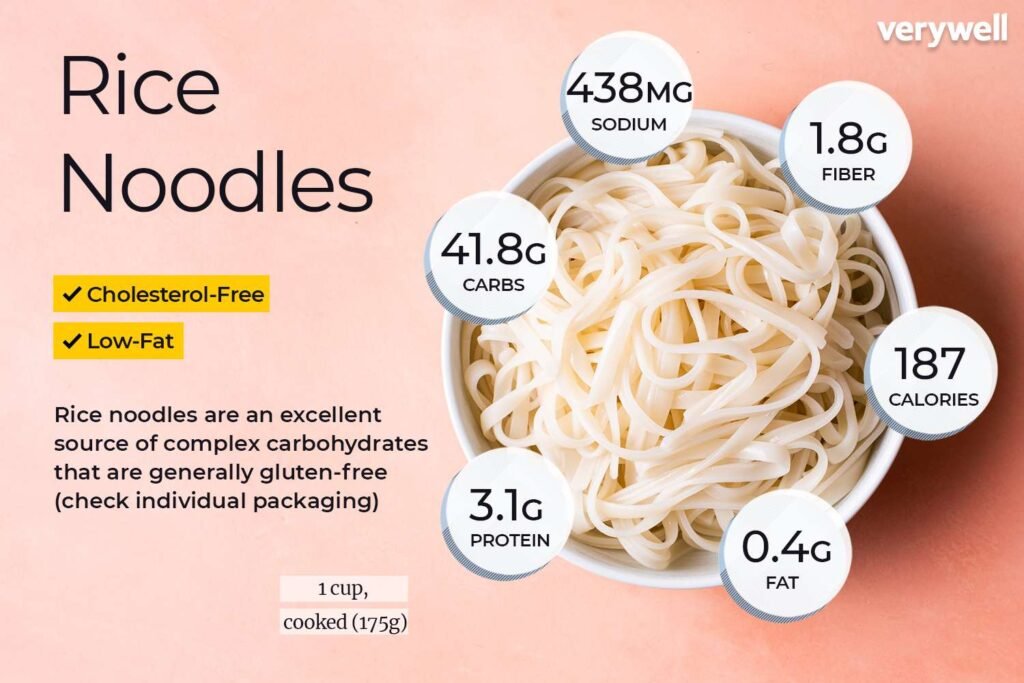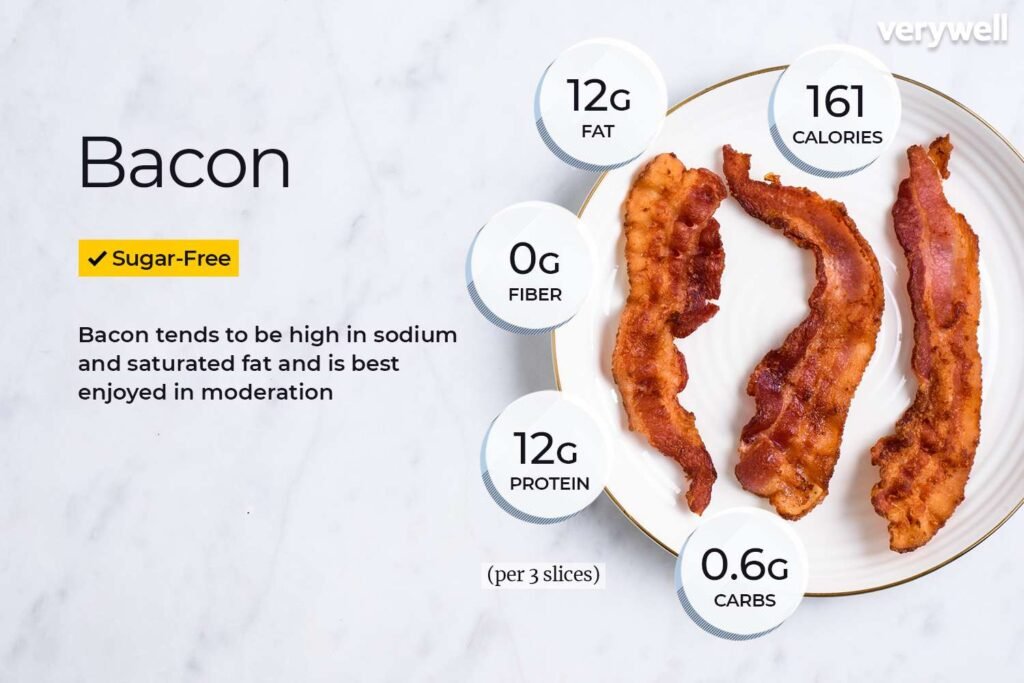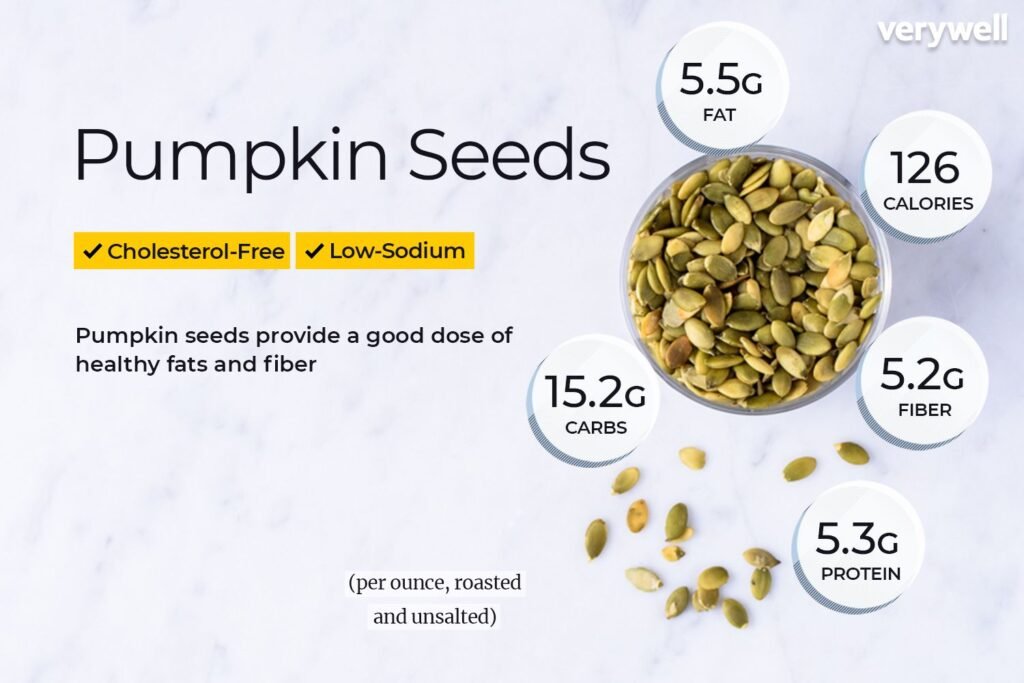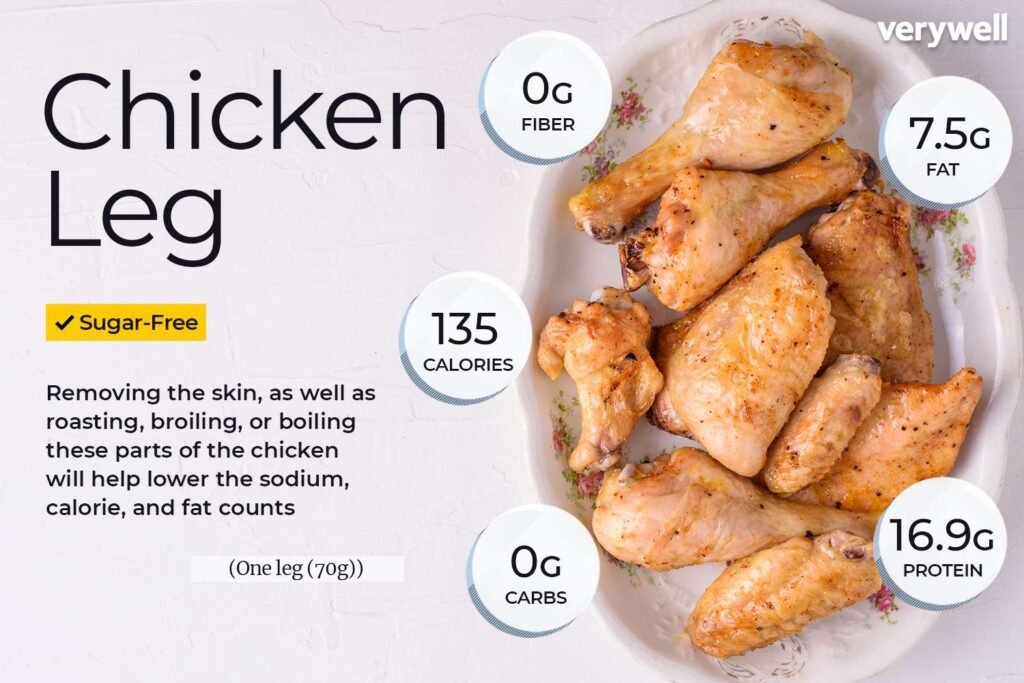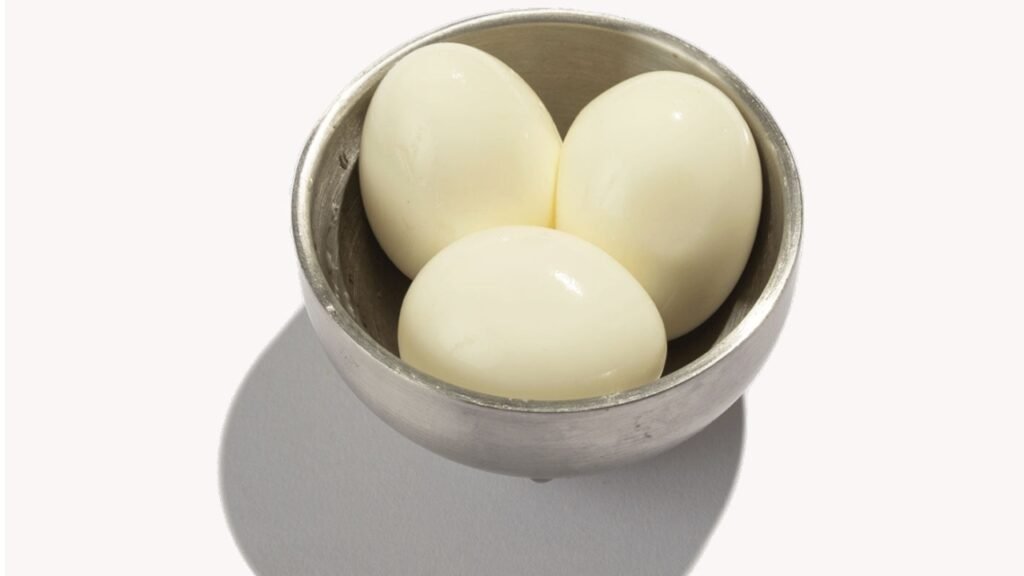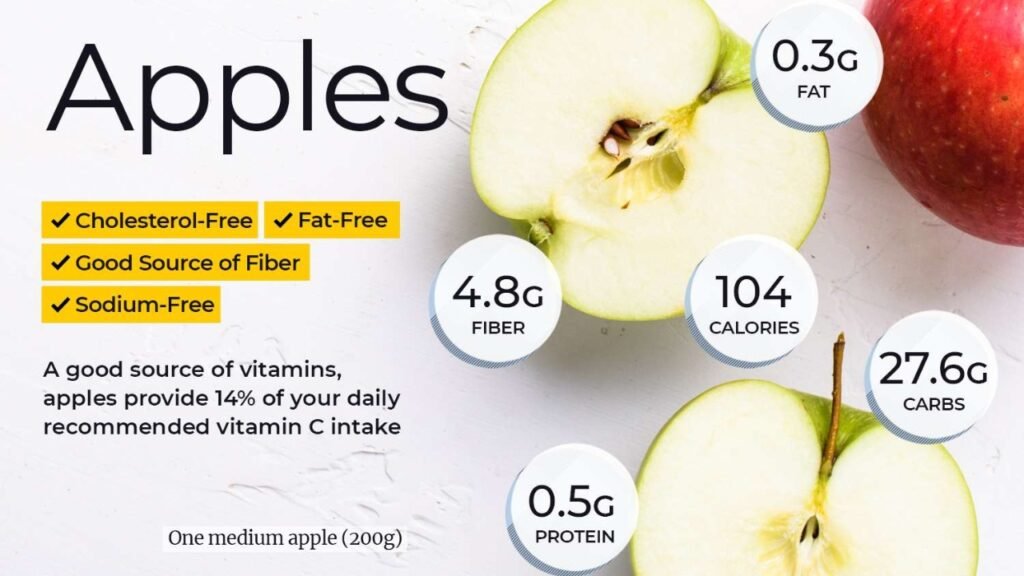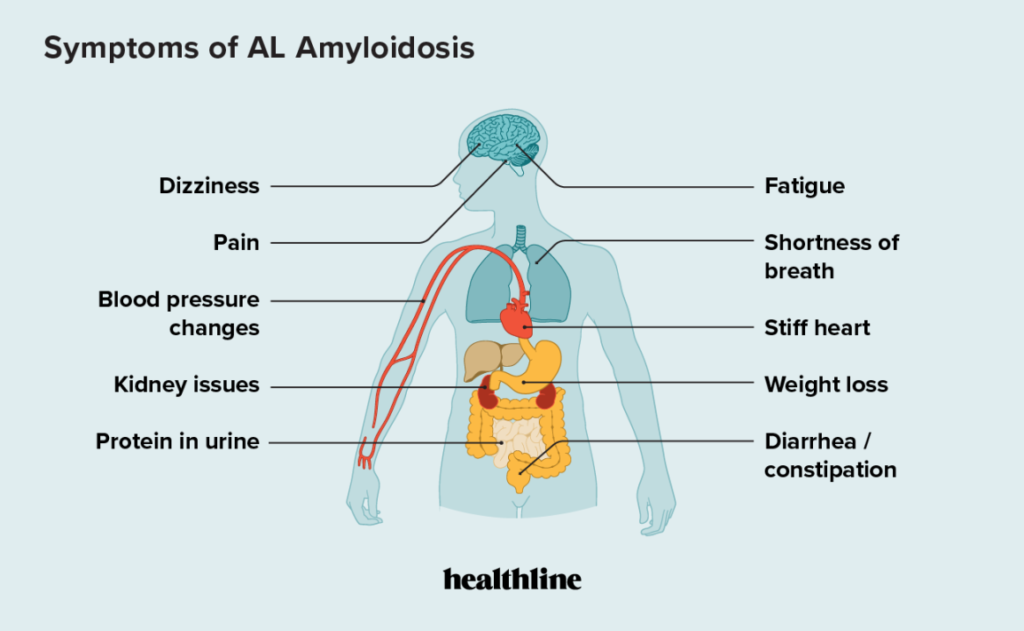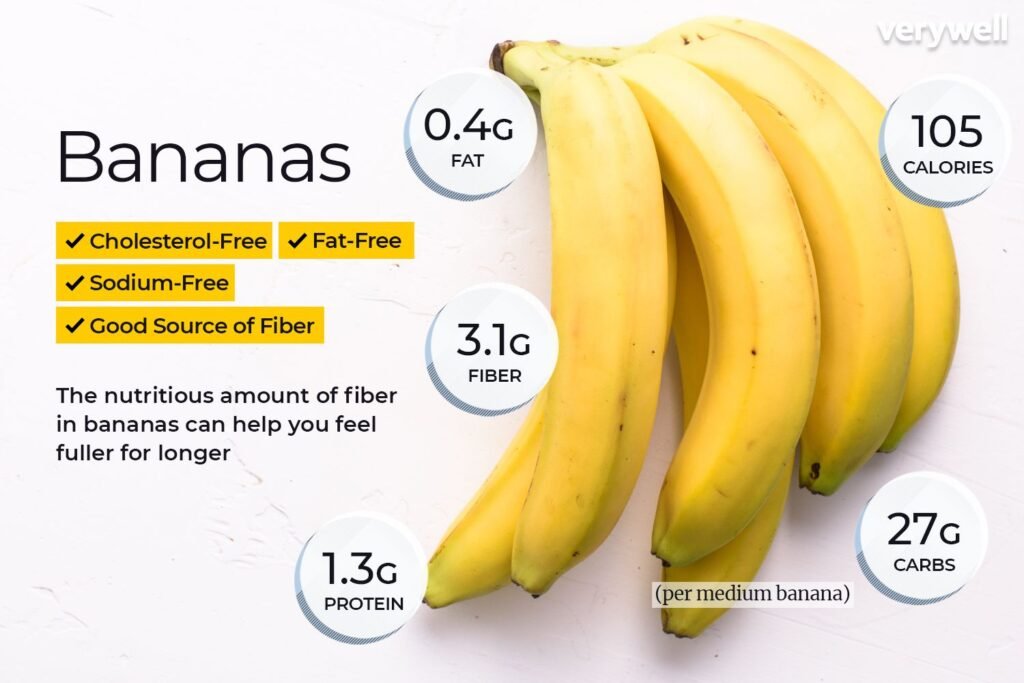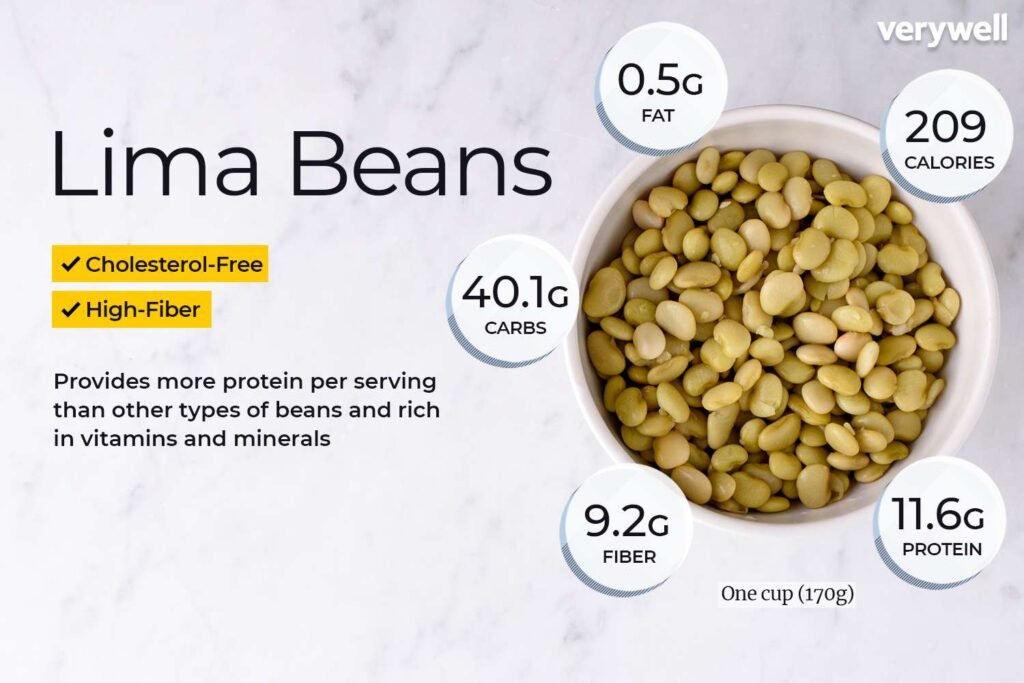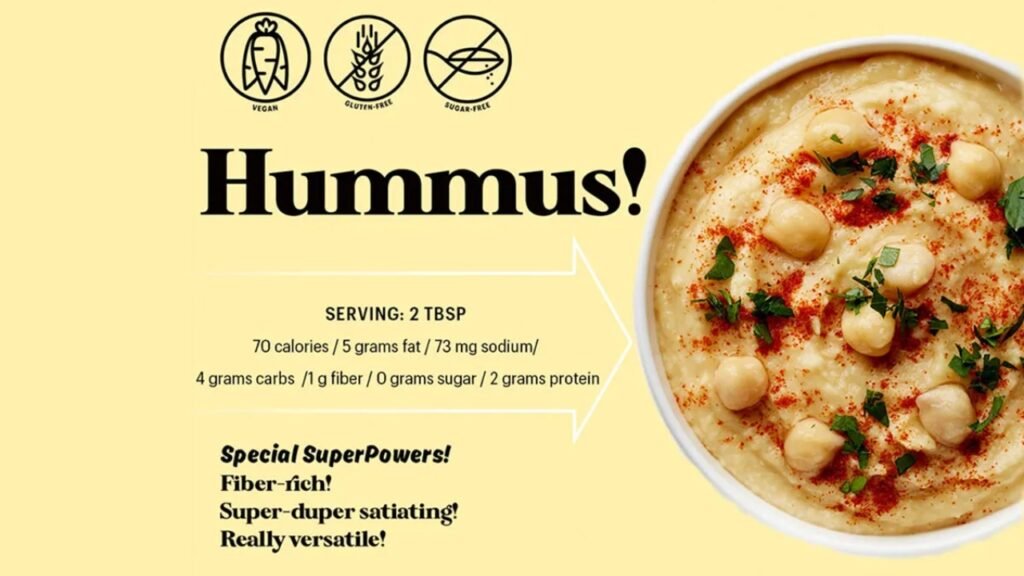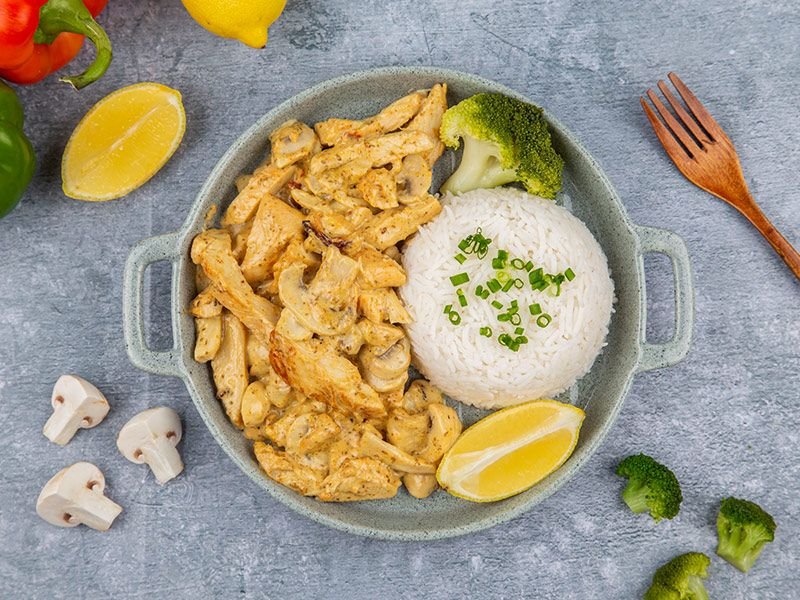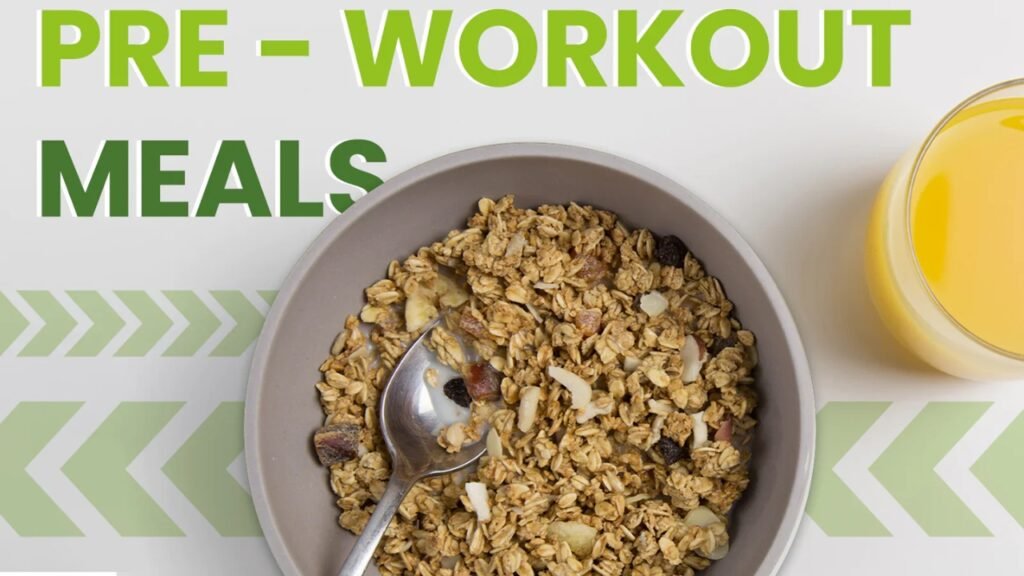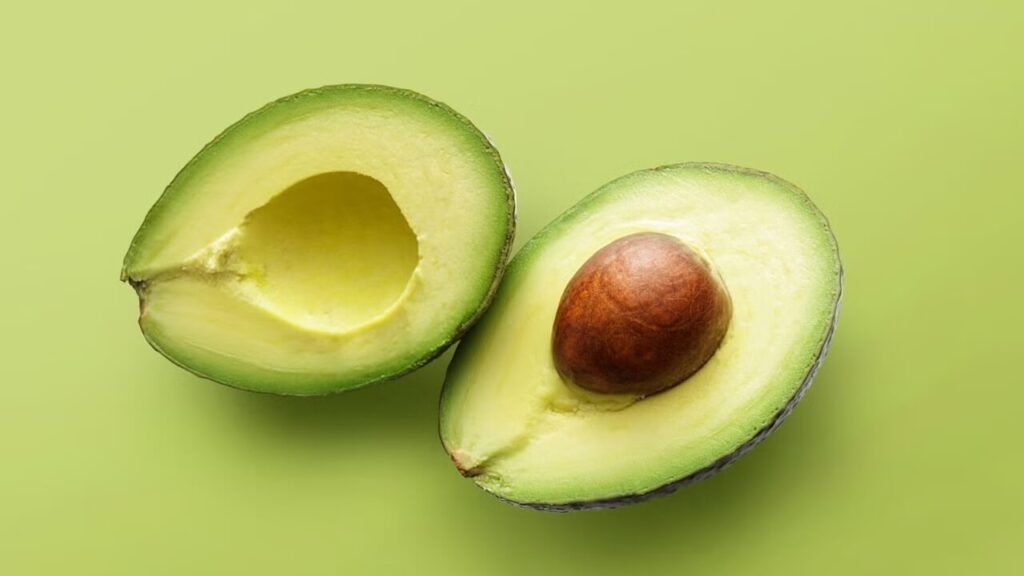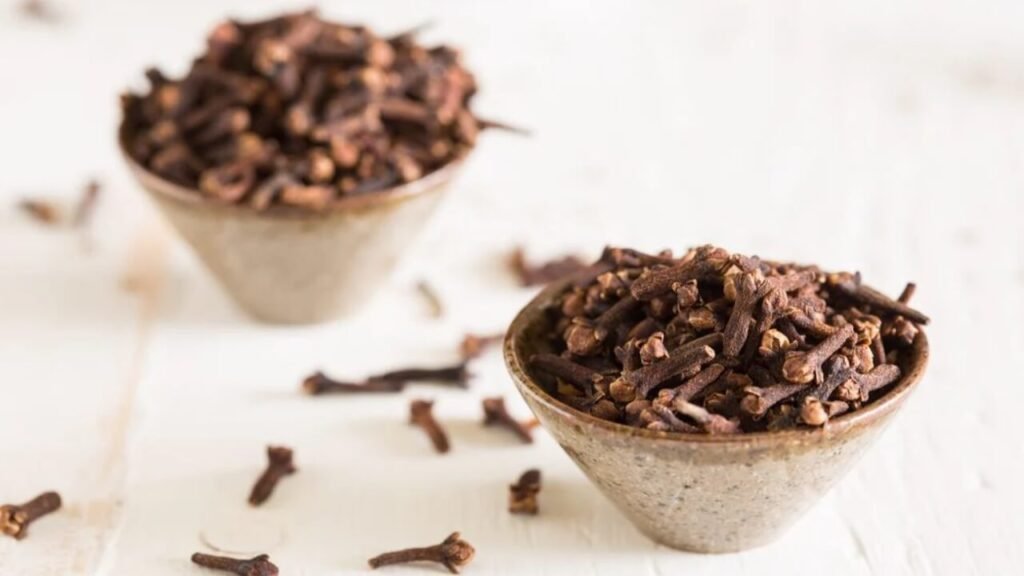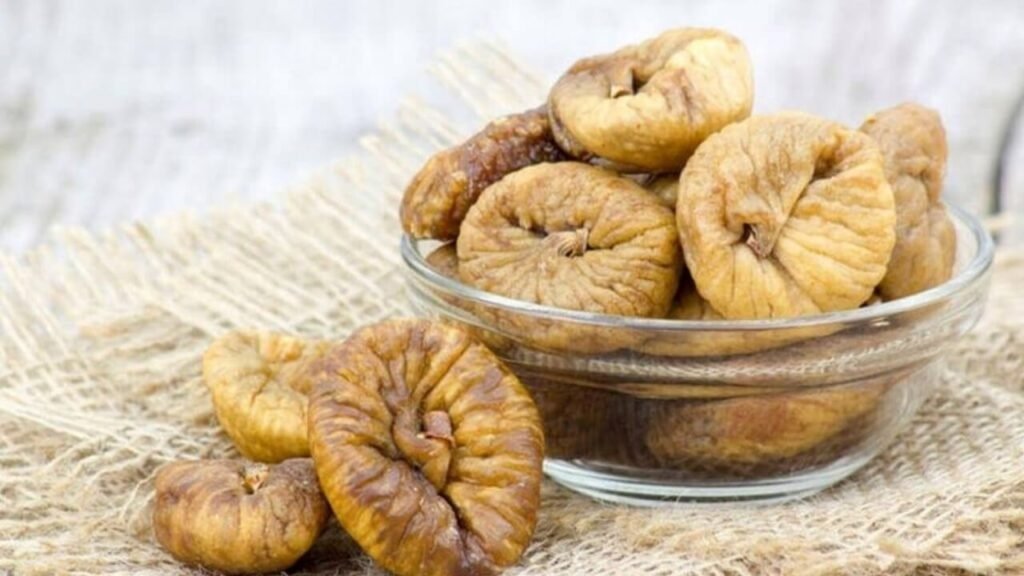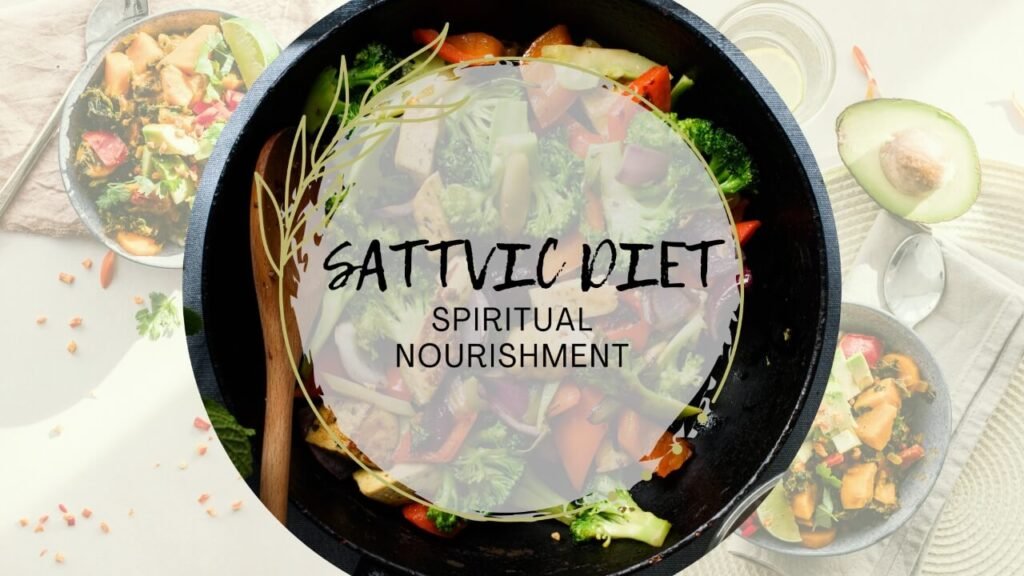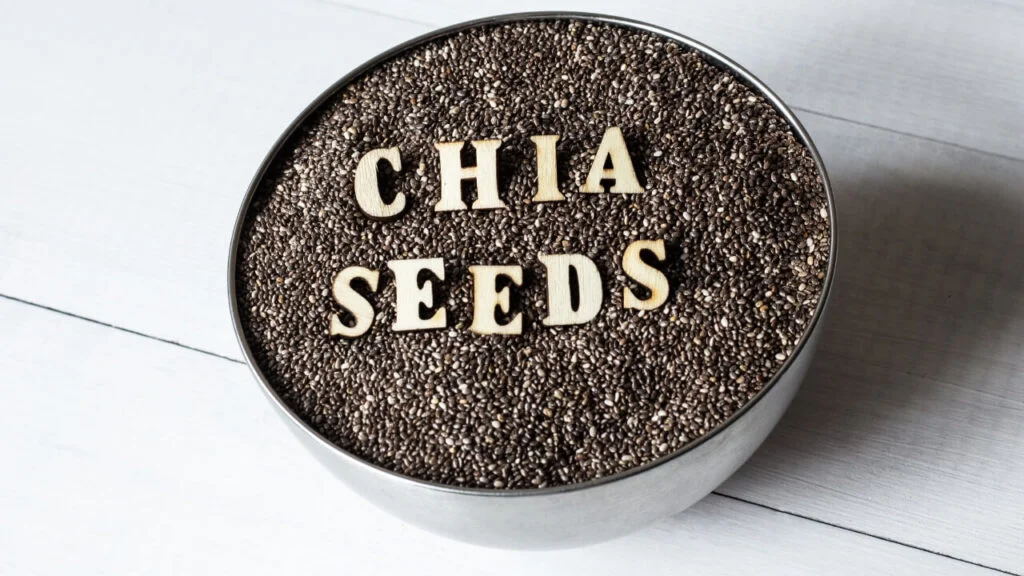Decoding the Carbs in Basmati Rice!
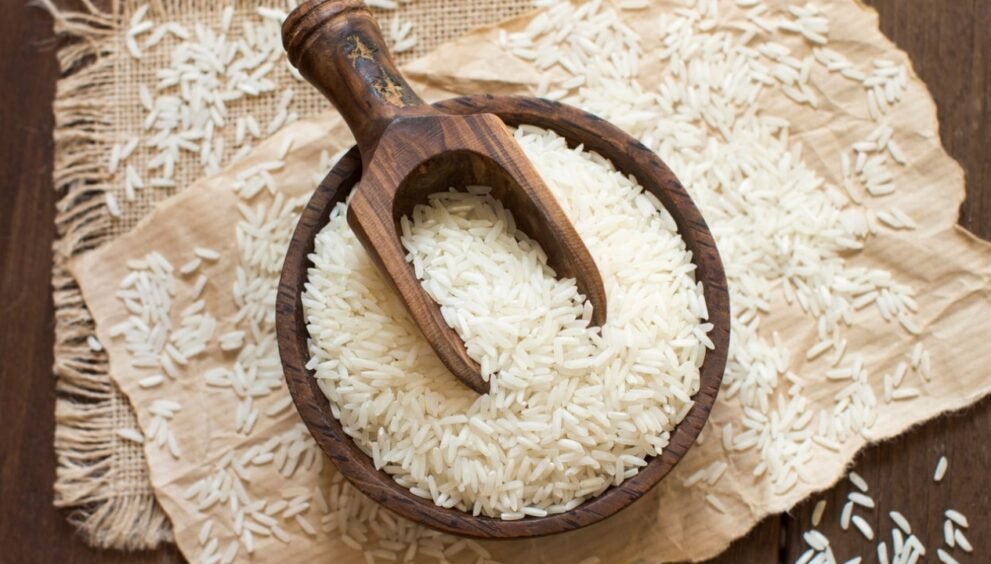
Are you trying to navigate the complex world of nutrition and wondering about the carbs in basmati rice? Maybe you’re watching your carbohydrate intake, or perhaps you’re just curious about the nutritional profile of this fragrant and flavorful grain. Well, you’re in the right place! In this comprehensive guide, we’ll break down everything you need to know about the carbohydrate content of basmati rice, its nutritional benefits, and how it compares to other types of rice. We’ll even discuss how you can enjoy this delicious grain while still managing your carb intake effectively. So, let’s dive in and uncover the secrets of basmati rice!
The Aromatic Allure: What Exactly is Basmati Rice?
Basmati rice is a long-grain rice variety renowned for its distinctive aroma and delicate flavor. Primarily grown in the foothills of the Himalayas, particularly in India and Pakistan, it’s a staple food in many cuisines around the world. What sets basmati rice apart from other types of rice is its long, slender grains that remain separate and fluffy when cooked. This texture makes it a superior choice for many dishes. This characteristic makes it a perfect complement to various dishes, from flavorful curries to grilled meats and vegetables.
Moreover, its fragrant aroma, often described as nutty or floral, further enhances the dining experience. It’s no wonder that basmati rice is a favorite among food enthusiasts.
Beyond the Flavor: Unpacking the Nutritional Profile of Basmati Rice
Beyond its enticing aroma and taste, basmati rice offers a range of nutritional benefits. It’s a good source of carbohydrates, providing the body with energy. In addition, it also contains essential vitamins and minerals, including thiamin, niacin, and iron. These micronutrients are essential for maintaining overall health. These nutrients play crucial roles in maintaining overall health and well-being.
Furthermore, basmati rice is naturally gluten-free, making it a suitable option for individuals with celiac disease or gluten intolerance. This attribute expands its appeal to a broader audience seeking alternative grains.
Carb Clarity: The Truth About Carbs and Why Are They Important?
Before we delve into the specifics of carbs in basmati rice, let’s briefly touch on the importance of carbohydrates in general. Carbohydrates are one of the three macronutrients (along with protein and fat) that our bodies need to function properly. They are the body’s primary source of energy, fueling everything from muscle contractions to brain activity. They are the body’s fuel source!
However, not all carbs are created equal. Complex carbohydrates, such as those found in whole grains, vegetables, and fruits, are digested more slowly, providing a sustained release of energy. On the other hand, simple carbohydrates, like those in sugary drinks and processed foods, are quickly broken down, leading to a rapid spike in blood sugar levels.
The Numbers Game: Carbs in Basmati Rice: A Detailed Breakdown
So, how many carbohydrates are actually in basmati rice? On average, a one-cup (cooked) serving of basmati rice contains approximately 45 grams of carbohydrates. This number can vary slightly depending on the specific variety of basmati rice and the cooking method used. Consider this your baseline.
However, it’s crucial to remember that the total carbohydrate count isn’t the only factor to consider. The type of carbohydrates and how they are metabolized by the body also play significant roles. Basmati rice has a lower glycemic index (GI) compared to some other types of rice, meaning it causes a slower and more gradual rise in blood sugar levels.
Brown vs. White: A Carbohydrate Comparison of Basmati Rice
Just like other types of rice, basmati rice comes in both white and brown varieties. The main difference lies in the processing. White basmati rice has had the bran and germ removed, while brown basmati rice retains these layers. This processing difference matters!
This difference in processing affects the carbohydrate content and nutritional value. Brown basmati rice generally has slightly fewer net carbs and a higher fiber content than white basmati rice. The fiber helps to slow down the digestion of carbohydrates, further contributing to a lower glycemic index.
Therefore, if you’re looking for a lower-carb option with added nutritional benefits, brown basmati rice is often the preferred choice.
GI and GL: Understanding Glycemic Index (GI) and Glycemic Load (GL)
The glycemic index (GI) is a measure of how quickly a food raises blood sugar levels compared to pure glucose. Foods with a high GI are rapidly digested and cause a sharp spike in blood sugar, while foods with a low GI are digested more slowly and result in a more gradual rise. These numbers can guide food choices.
Basmati rice generally has a moderate GI, typically ranging from 50 to 58. However, it’s important to note that GI values can vary depending on factors like cooking time and preparation method. As mentioned earlier, brown basmati rice tends to have a slightly lower GI than white basmati rice.
The glycemic load (GL) is another important factor to consider. It takes into account both the GI of a food and the amount of carbohydrates per serving. This metric provides a more accurate picture of how a particular food will impact blood sugar levels in a real-world setting. Basmati rice has a moderate glycemic load, making it a reasonable choice for individuals managing their blood sugar.
Rice Rivalry: How Does Basmati Rice Stack Up Against Other Types of Rice?
When it comes to carbohydrate content and glycemic index, basmati rice falls somewhere in the middle compared to other rice varieties. White rice, such as jasmine rice or regular long-grain white rice, typically has a higher GI and can lead to a more rapid spike in blood sugar. Conversely, wild rice and brown rice generally have lower GIs and higher fiber content, making them potentially better choices for those watching their carb intake. Compare and choose what’s right for you.
Ultimately, the best type of rice for you will depend on your individual dietary needs and preferences. However, basmati rice offers a good balance of flavor, texture, and nutritional value, making it a popular choice for many.
Smart Servings: Tips for Enjoying Basmati Rice While Managing Carb Intake
If you’re concerned about the carbs in basmati rice, don’t worry! You can still enjoy this delicious grain while effectively managing your carbohydrate intake. Here are some helpful tips:
- Portion Control: Be mindful of your portion sizes. A smaller serving of basmati rice can help reduce your overall carbohydrate intake. Consider using measuring cups or scales to accurately track your portions.
- Choose Brown Basmati Rice: As mentioned earlier, brown basmati rice has a slightly lower carb count and higher fiber content compared to white basmati rice. This makes it a healthier option for managing blood sugar levels.
- Combine with Protein and Healthy Fats: Eating basmati rice alongside protein-rich foods like chicken, fish, or beans, and healthy fats like avocado or olive oil, can help slow down the absorption of carbohydrates and prevent rapid blood sugar spikes.
- Add Vegetables: Incorporating non-starchy vegetables into your meal, such as broccoli, spinach, or bell peppers, can add fiber and nutrients while diluting the carbohydrate content of the rice.
- Cook it Right: Cooking rice and then cooling it has been shown to increase the amount of resistant starch. Resistant starch acts like fiber, feeding your gut bacteria and reducing the overall impact on blood sugar. This is a method often discussed on platforms like Reddit, where people experiment with different cooking techniques to optimize the health benefits of rice.
Expert Advice: What Dietitians Say About Carbs in Basmati Rice
“Basmati rice can be a part of a healthy diet, even for individuals managing their blood sugar. The key is to focus on portion control, choose brown basmati when possible, and pair it with protein, healthy fats, and plenty of non-starchy vegetables. This will help to create a balanced meal that minimizes blood sugar spikes,”
according to Dr. Emily Carter, a registered dietitian specializing in diabetes management.
Dietary Fit: Basmati Rice in Different Diets: Is it Right for You?
- Low-Carb Diets: While basmati rice isn’t the lowest-carb grain available, it can still be included in moderation on a low-carb diet, especially if you opt for brown basmati rice and practice portion control.
- Keto Diets: Keto diets are extremely low in carbohydrates, and therefore, basmati rice is generally not recommended. The high carbohydrate content would likely exceed the daily carb limit.
- Diabetic Diets: As Dr. Carter mentioned, basmati rice can be part of a diabetic diet with careful planning. Focus on brown basmati, portion control, and balanced meals.
- Gluten-Free Diets: Basmati rice is naturally gluten-free, making it a safe and suitable option for individuals with celiac disease or gluten intolerance.
- Vegan and Vegetarian Diets: Basmati rice is a versatile grain that fits seamlessly into vegan and vegetarian diets. It can be paired with plant-based proteins and vegetables for a complete and nutritious meal.
Bonus Benefits: Beyond the Carbs: Other Health Benefits of Basmati Rice
While we’ve primarily focused on the carbs in basmati rice, it’s essential to acknowledge the other health benefits this grain offers. Basmati rice contains several vitamins and minerals, including:
- Thiamin (Vitamin B1): Essential for energy metabolism and nerve function.
- Niacin (Vitamin B3): Plays a role in cell metabolism and DNA repair.
- Iron: Necessary for oxygen transport and red blood cell production.
- Selenium: An antioxidant that supports immune function.
Additionally, basmati rice is relatively low in sodium and fat, making it a heart-healthy choice. A great choice for heart health.
The Verdict: Conclusion: Embrace Basmati Rice Wisely
In conclusion, understanding the carbohydrate content of basmati rice is crucial for making informed dietary choices. While it does contain carbohydrates, basmati rice can be enjoyed as part of a balanced and healthy diet. By opting for brown basmati rice, practicing portion control, and pairing it with protein, healthy fats, and vegetables, you can minimize its impact on blood sugar levels.
Ultimately, the key to enjoying basmati rice without the carb chaos is moderation, mindful meal planning, and awareness of your individual dietary needs. So, go ahead and savor the fragrant and delicious flavors of basmati rice, knowing that you can make it work for your health and well-being. By being informed and making wise choices, you can truly embrace the bliss of basmati rice!thumb_upthumb_down



